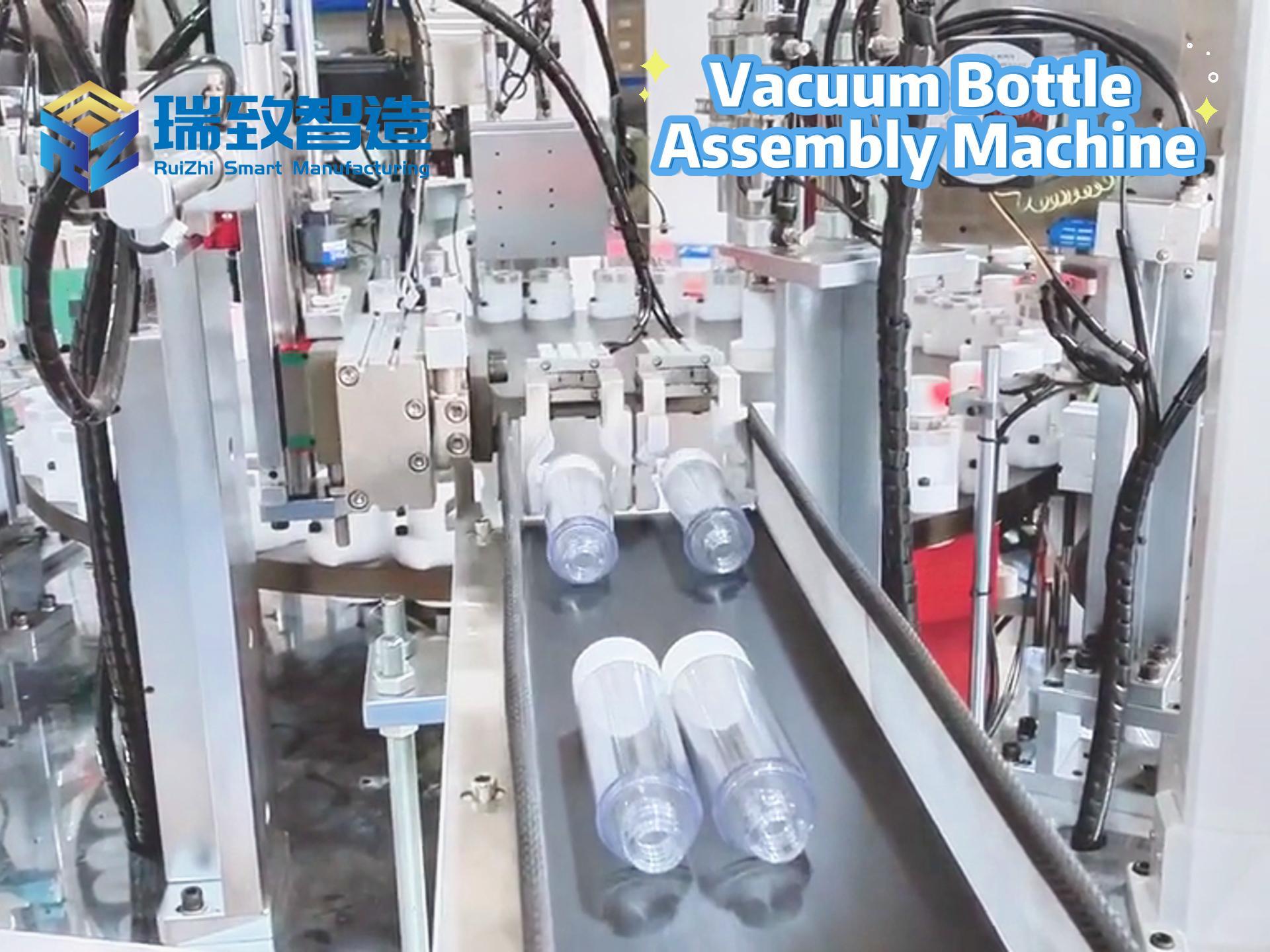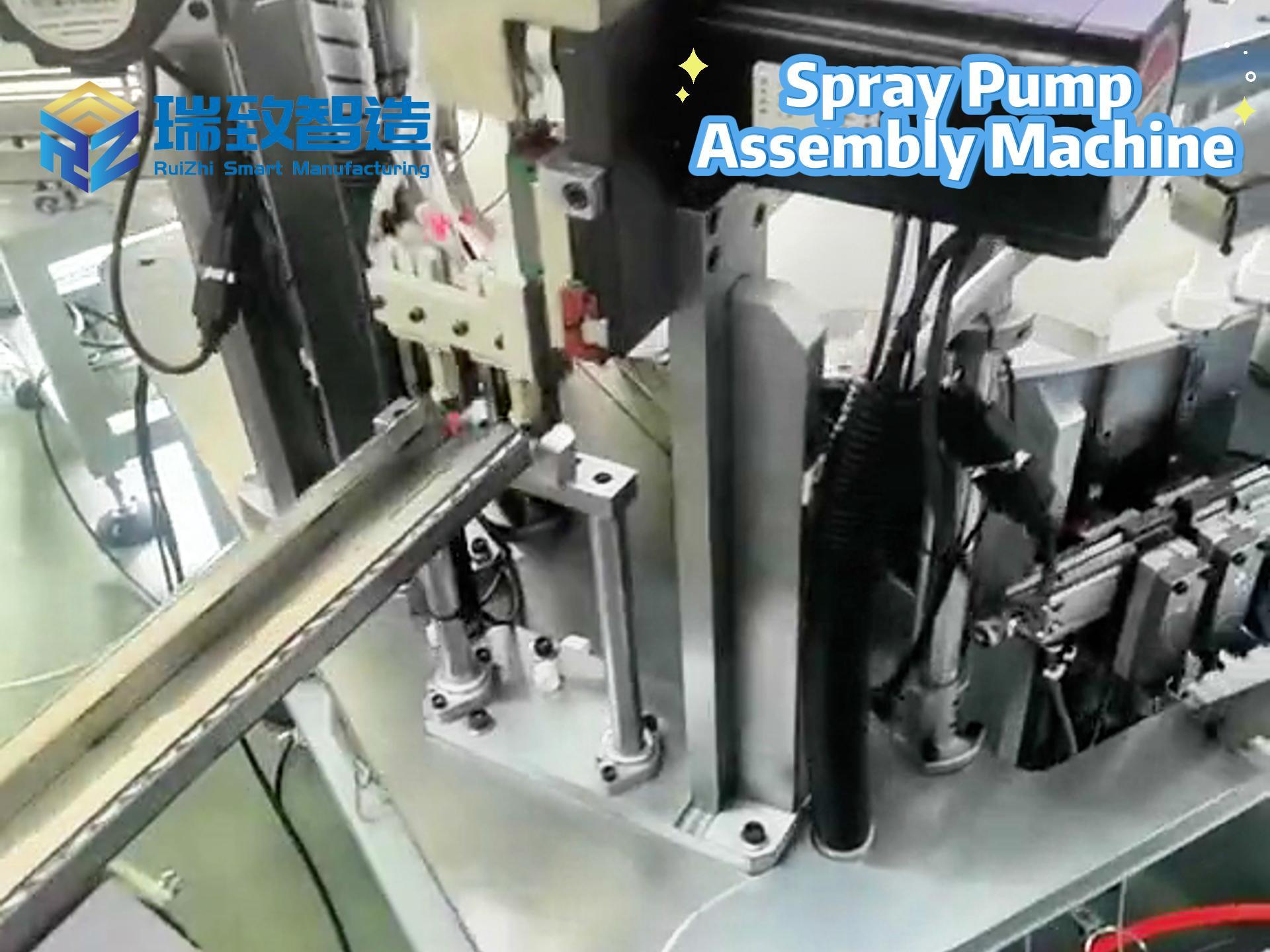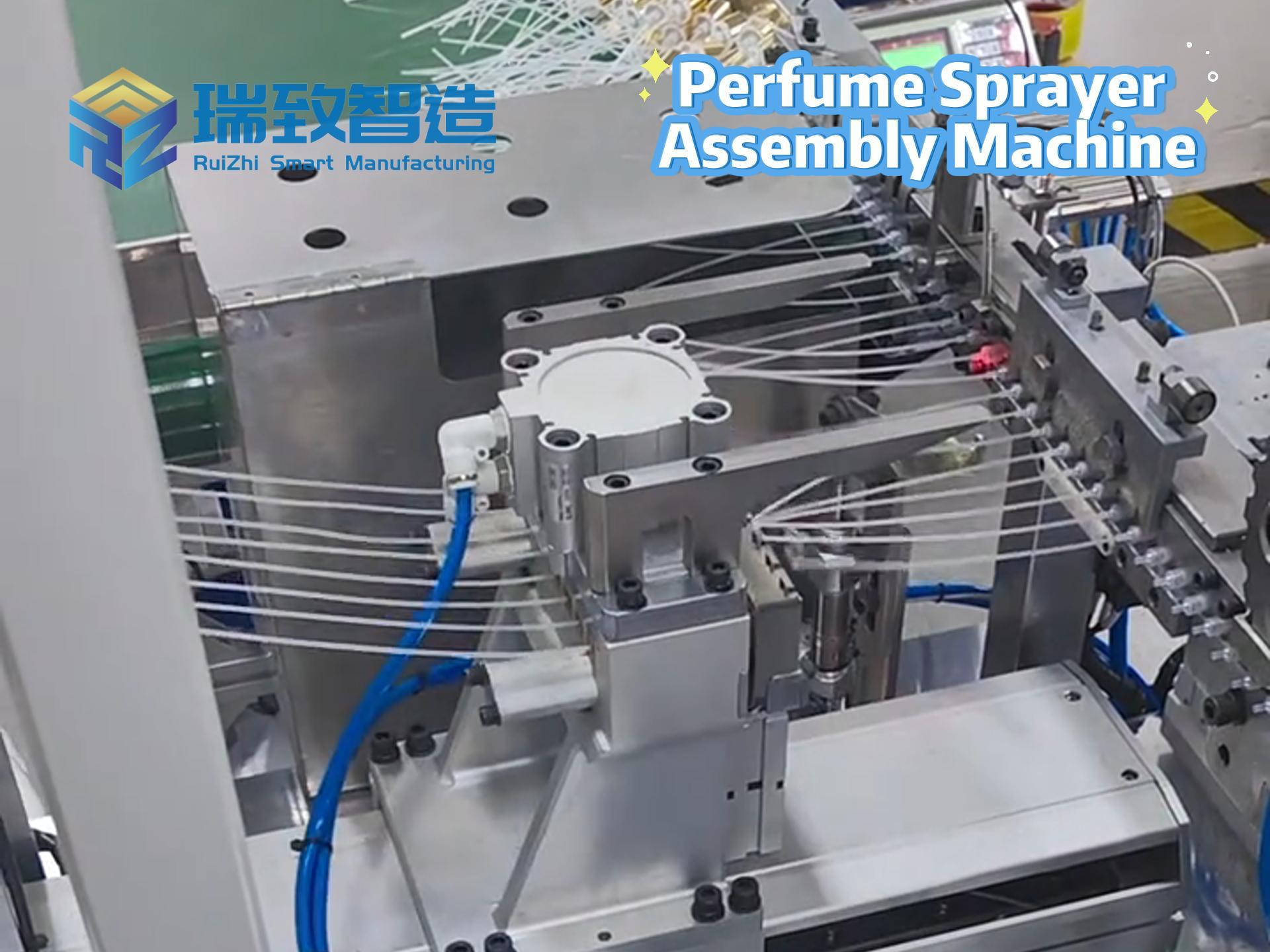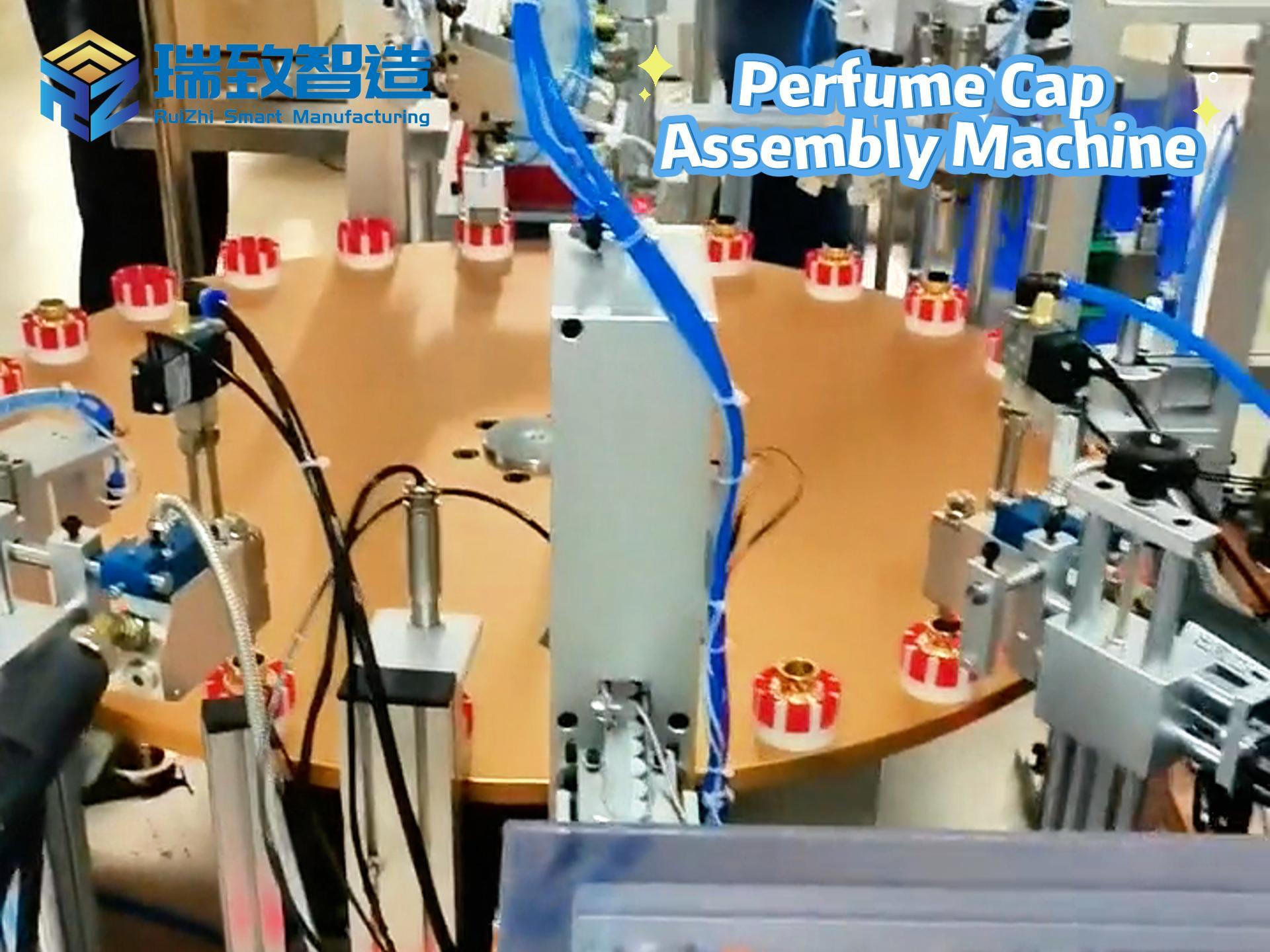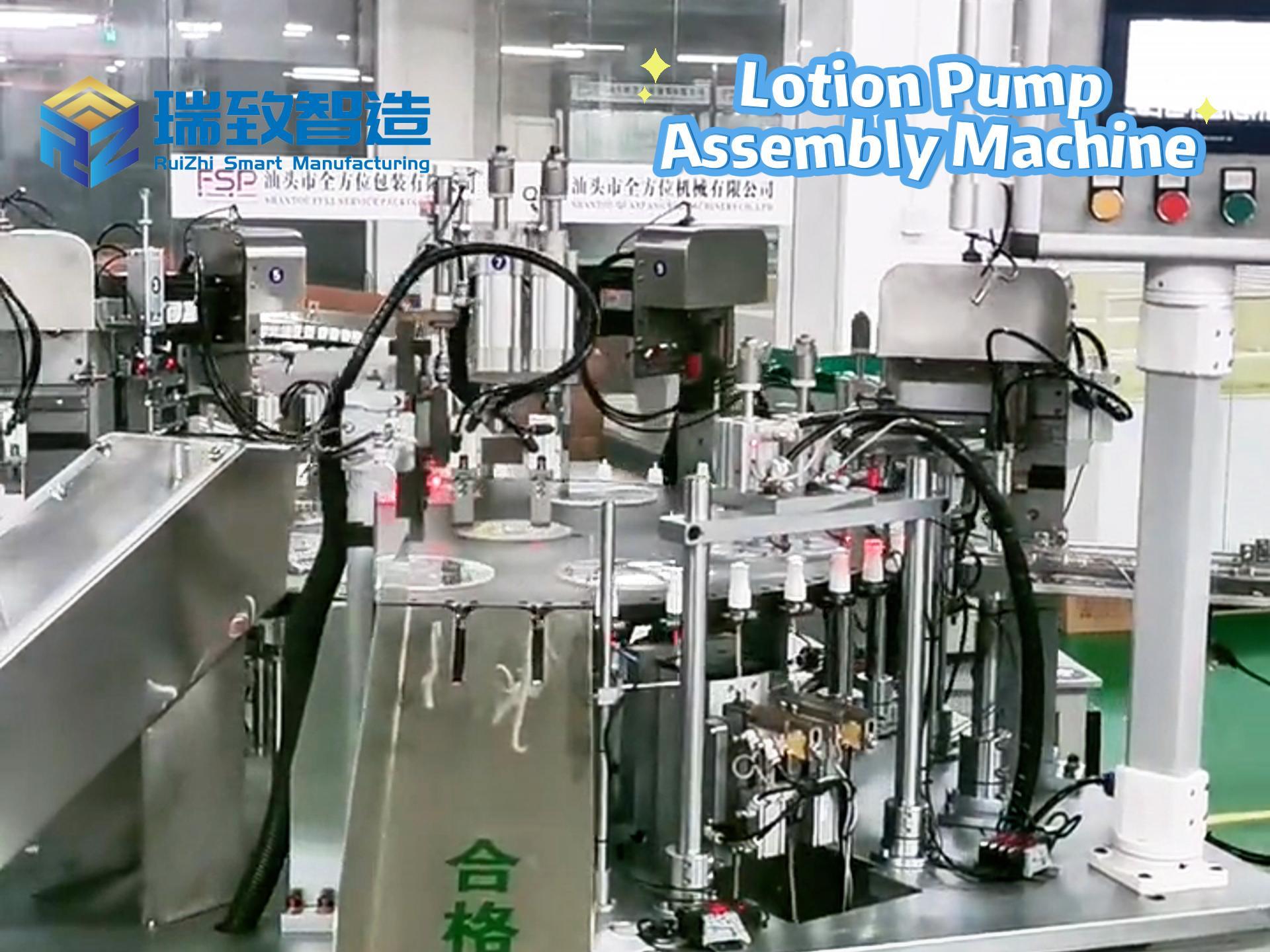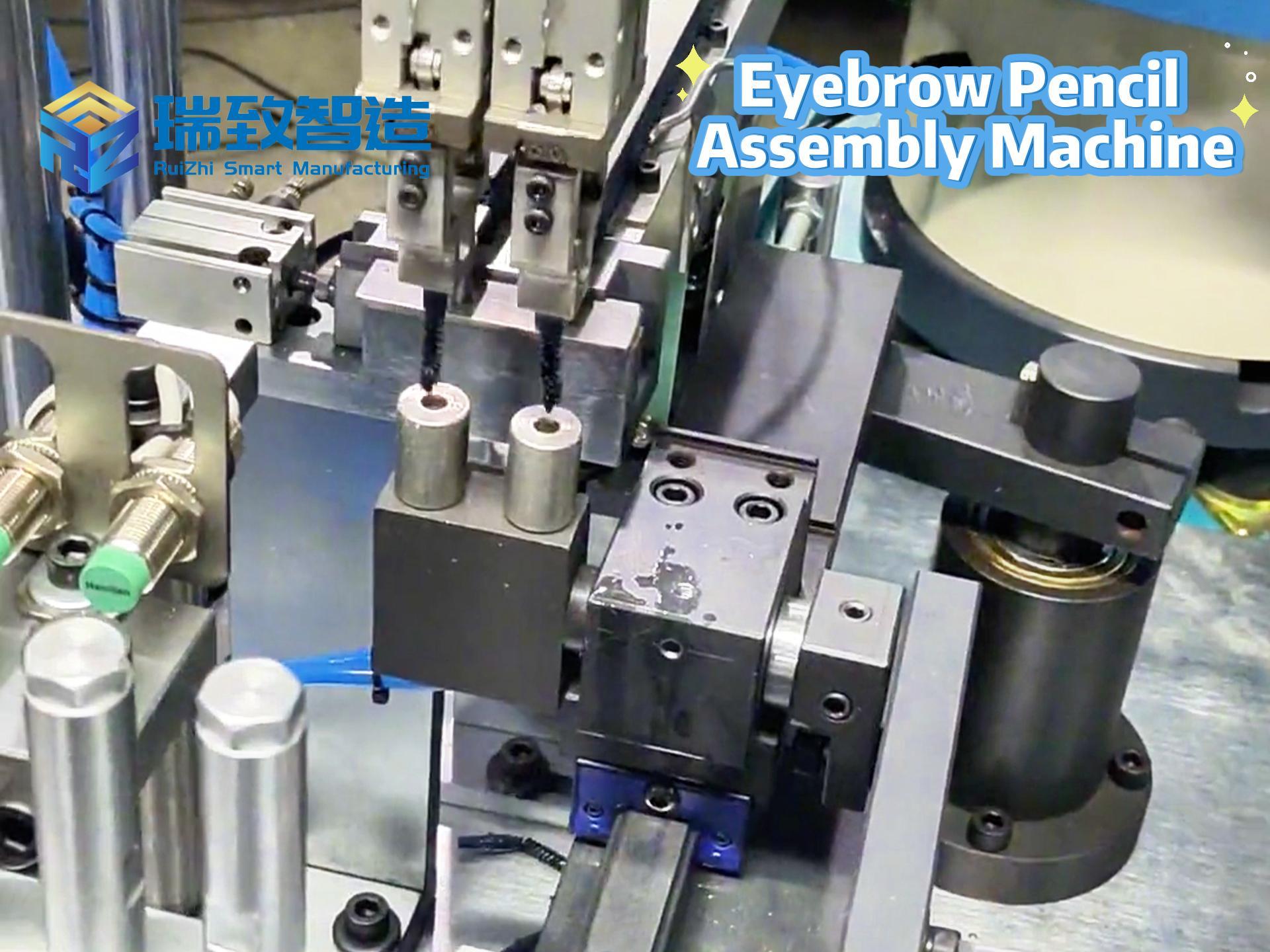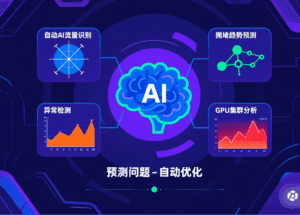
Artificial intelligence is reshaping how enterprises operate. Whether it’s large-scale model training, real-time inference, or AI-driven business applications, all rely on a stable, efficient, and low-latency network environment. However, as enterprises accelerate their deployment of artificial intelligence, many teams only focus on computing power and storage, while neglecting the critical link of network observability. Facts have proven that without deep, real-time network observability, even the most powerful AI computing power can be dragged down by network bottlenecks.
Why is network observability crucial for AI?
A research report by the Enterprise Management Associates (EMA) entitled Enterprise Networks Prepare for Artificial Intelligence shows that only 47% of enterprises believe their existing network observability tools can fully support AI traffic. This figure is a warning: AI workloads have much higher network requirements than traditional services.
The characteristics of AI training and inference are:
Extreme sensitivity to latency and packet loss: Even millisecond-level latency can significantly reduce training efficiency or cause inference response failures.
Bursty and unpredictable traffic patterns: AI tasks often generate massive data traffic in an instant.
Complex cross-domain distribution: Data needs to flow seamlessly between data centers, public clouds, and edge environments.
Without end-to-end visibility, network teams cannot detect issues in a timely manner, let alone predict and optimize potential risks. In other words, network observability is not an “optional” technical upgrade but a predictive indicator of whether AI can be successfully implemented. For example, Robotic Irregular – Shaped Metal Part Removal System on the collaboration of AI visual recognition and real-time motion control, requiring its grasping accuracy to be within ±0.1mm. If network latency exceeds 20ms, it may cause part grasping deviations or even equipment collisions — while deep observability tools can track the communication links between edge sensors and cloud AI models in real time, (early warning of latency fluctuations) to ensure the precision of each operation.
Enterprises with observability tools have more advantages
EMA’s survey covered 250 IT professionals building networks for AI projects, and the results showed:
Enterprises with comprehensive observability tools are 5 times more likely to succeed in their AI network strategies than others.
These enterprises often establish AI Centers of Excellence (CoE), giving AI higher priority in terms of budget and strategy.
At the same time, they have fewer concerns about compliance and privacy risks, allowing them to focus more on business innovation.
It is evident that network observability is not just a technical “icing on the cake” but an important guarantee for the success of enterprise strategies.
Areas where observability needs the most effort
AI workloads are widely distributed across hybrid architectures, including private data centers, public clouds, and edge environments. EMA points out that enterprises should strengthen network observability in the following areas:
Public cloud networks and cloud interconnections
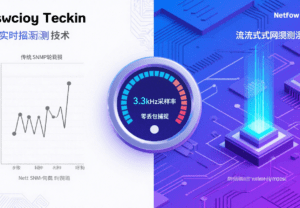
Public clouds have become important carriers of AI workloads, but their observability capabilities are limited. In particular, emerging GPU-as-a-Service (GPUaaS) providers are far less transparent in terms of network visibility than traditional hyperscale cloud vendors, posing new challenges for operations and maintenance.
Data center network architecture
AI training often requires high-speed communication across multiple GPU clusters, making microsecond-level performance visibility of data center networks crucial.
WAN Edge
Edge computing is undertaking more and more real-time inference tasks, and the visibility of links from the edge to the core is key to ensuring application stability.
Real-time data: Breaking through observability bottlenecks
Traditional observability relies on SNMP polling, which typically collects metrics every 5 minutes. This method is almost ineffective in AI networks, as AI traffic bursts may only last a few seconds and thus be completely overlooked.
69% of respondents stated that they need real-time infrastructure monitoring rather than sampling every few minutes.
Streaming network telemetry is considered a solution, as it can capture network status at a higher frequency with low latency.
At the traffic level, NetFlow and IPFIX can provide near-real-time data, but cloud vendors’ VPC flow logs have limited granularity, failing to capture many details. For critical AI tasks, even real-time packet monitoring is needed to ensure performance.
Smarter analysis for smarter networks
Having data alone is not enough; network observability tools must possess a higher level of intelligence to truly empower AI applications. The survey shows:
59% of enterprises want tools to automatically identify AI traffic to help operation teams differentiate and optimize AI applications.
46% of enterprises want tools to predict AI traffic congestion trends and prevent performance bottlenecks in advance.
42% of enterprises want to optimize AI traffic patterns through anomaly detection technology to prevent malicious occupation of network resources.
34% of enterprises want tools to analyze the traffic behavior of entire GPU clusters to optimize training and inference efficiency.
This means that future network observability will not only “see problems” but also “predict problems and automatically optimize” to meet the stringent requirements of AI environments.
Conclusion: Observability is not an option but a necessity
AI is changing the role and value of networks and forcing the transformation of network teams. A network lacking real-time visibility and intelligent analysis will be unable to support the large-scale application of AI. On the contrary, enterprises that proactively invest in network observability will go further in innovation and competition.
In the AI era, network observability is no longer an extra benefit but a key capability that determines success or failure.





